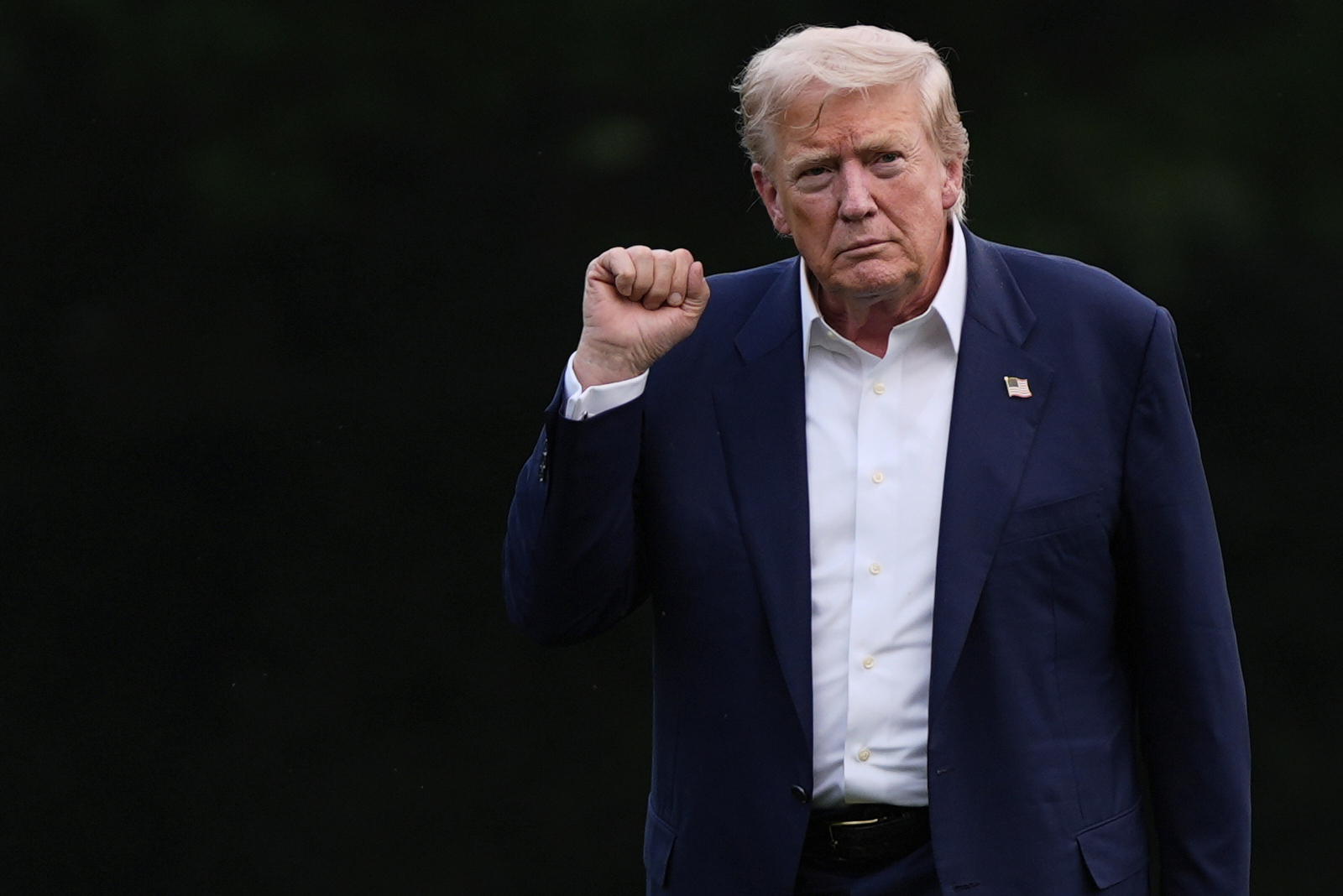The US economy expanded by 3.3% in the second quarter of 2025, according to updated economic indicators released by the US Department of Commerce. This figure surpasses the initial 3% estimate from July and the 3.1% Dow Jones forecast.
After a 0.5% contraction in the first three months of the year due to a surge in imports, the US economy rebounded in the second quarter. A significant 29.8% drop in imports contributed over five percentage points to this growth.
Key drivers of this growth include stronger-than-initially-estimated consumer spending and private investment. Consumer spending, which accounts for roughly 70% of GDP, saw a 1.6% year-over-year increase. While modest, this still exceeds the initial estimate of 1.4% and the 0.5% growth in the first quarter.
"The positive takeaway is that real consumer spending was higher than previously estimated," said Heather Long, chief economist at Navy Federal Credit Union. "Americans continue to spend despite tariffs and uncertainty, albeit at a slower pace than in previous years," she added.
 |
US President Donald Trump at the White House on 29/7. Photo: AP |
US President Donald Trump at the White House on 29/7. Photo: AP
While upwardly revised, private investment still experienced a substantial 13.8% decline, the steepest drop since the second quarter of 2020, the height of the Covid-19 pandemic. Federal government spending and investment also decreased by 4.7%, following a 4.6% decline in the first quarter.
Overall, the US economy has grown by approximately 2.1% in the first half of the year. The GDPNow indicator from the Federal Reserve Bank of Atlanta projects 2.2% growth for the third quarter.
The US Department of Labor reported a 5,000 decrease in unemployment claims, bringing the total to 229,000 for the week ending 23/8. Long noted that the resilient labor market is "bolstering consumer confidence for essential spending and smaller purchases."
However, Long anticipates the economy will continue in a "slowdown mode, with spending and growth hovering around 1.5% as the impact of tariffs becomes more apparent to American consumers."
Earlier this month, the government reported an average monthly job growth of 35,000 over the past three months, compared to 123,000 jobs during the same period in 2024. Experts suggest that the labor market is caught in a "no hiring, no firing" dynamic amid President Donald Trump's protectionist trade policies, which have raised the nation's average import tariffs to their highest levels in a century.
Phien An (according to AP, Reuters)












